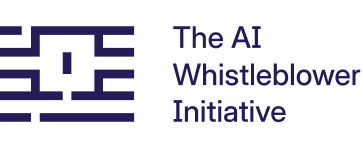Understanding the relationship between different security disciplines is crucial for building a comprehensive protection strategy.
Security disciplines: How they work together
OpSec vs. CyberSec vs. InfoSec are intertwined, with each influencing and supporting the others. Cybersecurity and information security often overlap, and their methodologies are frequently applied within the realm of operational security. To help clarify these connections, this guide provides official definitions, source references, and an explanation of how these concepts interrelate.
- Operational Security (OpSec)
OpSec is the process by which potential adversaries can be denied information about capabilities and intensions by identifying, controlling, and protecting generally unclassified evidence of the planning and execution of sensitive activities.
In practical terms, Operational Security encompasses the strategies and measures you apply to secure and identify important information, threats, risks, and weaknesses. By identifying and analyzing these elements, you can structure your operations to successfully defend against potential threat actors and achieve your goals—whether that’s maintaining personal security, preserving privacy or anonymity, or protecting sensitive assets and knowledge.
According to CISA, cybersecurity is “the art of protecting networks, devices, and data from unauthorized access or criminal use and the practice of ensuring confidentiality, integrity, and availability of information.”
Cybersecurity plays a crucial role in OpSec, as most of our work and information sharing occurs through computing devices and digital networks.
- Information Security (InfoSec)
Information Security involves “the protection of information and systems from unauthorized access, use, disclosure, disruption, modification, or destruction in order to provide confidentiality, integrity, and availability.”
Information Security is fundamental to OpSec because, depending on your operation, you need to safeguard information, prevent unauthorized disclosure, or strategically control information release.







